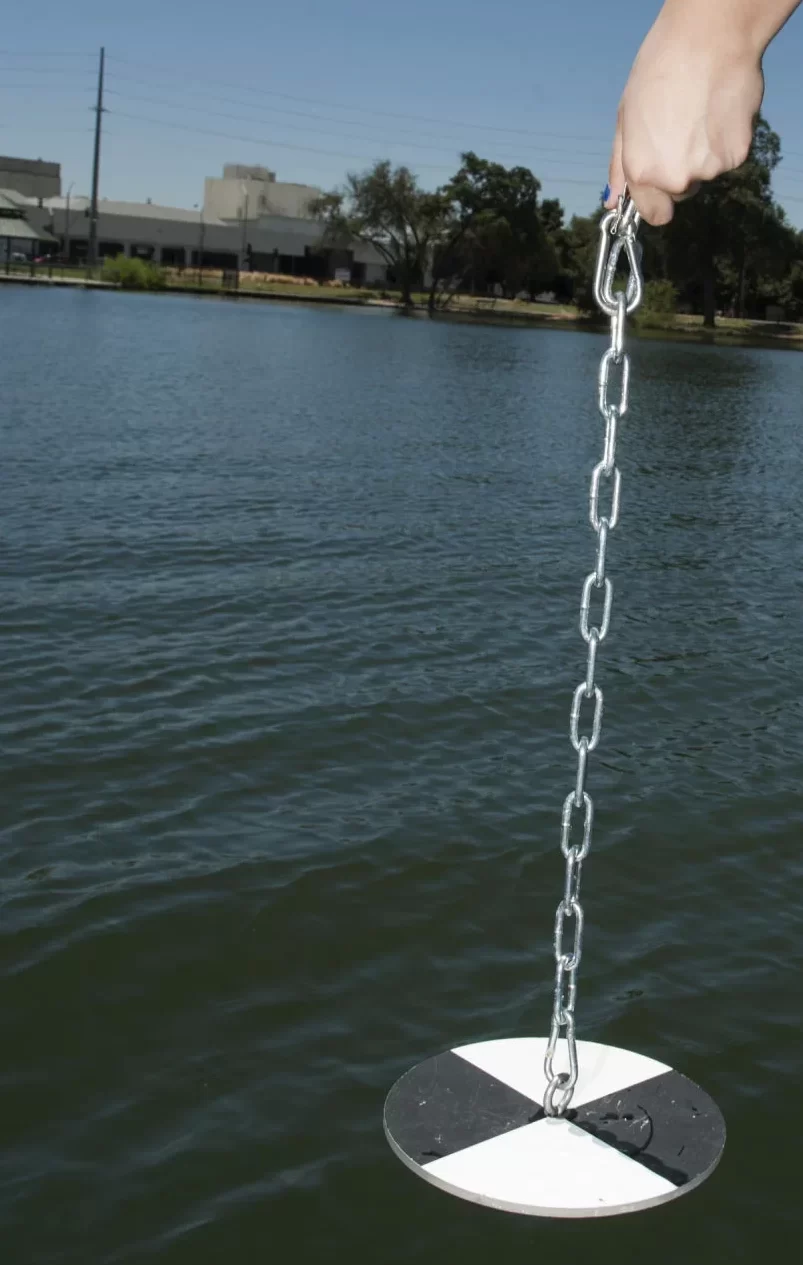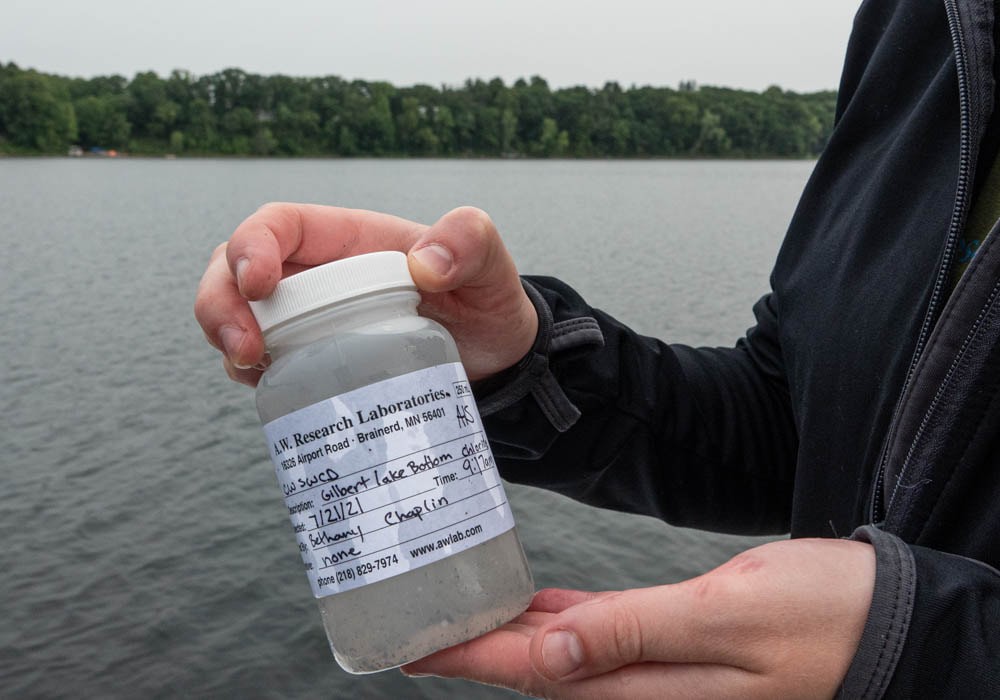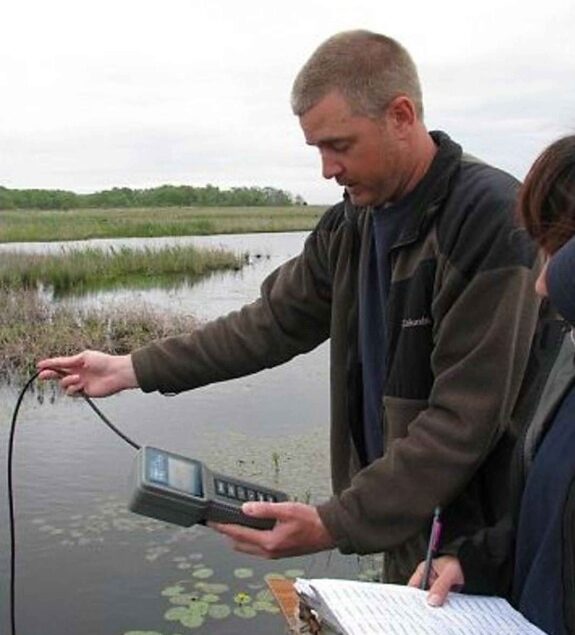Water Quality Testing


How do we know how we are doing?
The Crescent Lake certified lake monitoring team begins its seasonal data gathering efforts on May 31st. The team makes twice monthly trips to two locations on the lake to record vital lake health data to report to the Maine Lakes Volunteer Lake Monitoring Program, one of the oldest and largest such programs in the nation. Keep an eye out for the team’s pontoon boat and give it wide leeway as you transition past the anchored boat or approach carefully to ask the team questions about their work.
These volunteers provide the information and understanding needed for wise management of Crescent Lake. Critical to this mission is the responsibility to collect data that accurately describe the physical, chemical, and biological attributes of the lake. These data are used for environmental and resource assessments by the State of Maine via Lake Stewards of Maine, other government agencies and scientific organizations, and the general public. Reliable and quality-assured data are essential to the credibility and impartiality of the process This establishes and communicates scientifically sound methods and procedures and provides methods that minimize data bias and, when properly applied, result in data that are reproducible within acceptable limits of variability.
Maine Department of Environmental Protection (ME-DEP) and the Maines Lake Volunteer Monitoring Program (VLMP) have collaborated in the collection of lake data to evaluate water quality, track algal blooms, and determine water quality trends. This information does not include data for bacteria, mercury, toxics or nutrients other than phosphorus. Phosphorus is considered the primary limiting nutrient for algal growth in Maine lakes.
Water quality monitoring data sets for Crescent Lake have been collected since 1974. During this period, 12 years of basic chemical information was collected in addition to Secchi Disk Transparencies (SDT). In summary, the water quality of Crescent Lake is considered above average based on measures of SDT, total phosphorus (TP), and Chlorophyll-a (Chla). The potential for nuisance algal blooms on Crescent Lake is moderate.
Lake Stewards of Maine (LSM) trains and certifies volunteers to collect scientific water quality data of the highest quality. Each volunteer participates in an initial training workshop and is re-certified on a regular basis. CLWA has been training volunteers on Crescent Lake.
Interested in the process?
Lake Stewards of Maine offers many different types of workshops. Check out the Water Quality Local Boat Program!
Secchi Disc Transparency
A Secchi Disk measures water transparency (how clear the water is). This simple test can characterize lake water quality and identify changes over time.
Dissolved Oxygen & Temperature
An adequate supply of dissolved oxygen (DO) in lake water is essential to fish and other aquatic life forms. DO is a sensitive indicator of lake water quality.
Phosphorus
Phosphorus is the nutrient that most influences the growth of algae in lakes.
Chlorophyll
Chlorophyll, a pigment found in algae and other plants, can be used to estimate the population of algae in a lake.
Color
Natural watercolor is important to consider when assessing water quality.
Specific Conductance
Monitoring conductivity can help determine if pollutants are entering a lake.
pH (Acidity)
Among other effects, pH helps determine which plant and animal species can live in a lake.
Alkalinity
Alkalinity of the lake determines the capacity of the water to buffer from changes in pH.



This and other information can be found on the Lakes Stewards of Maine website.
